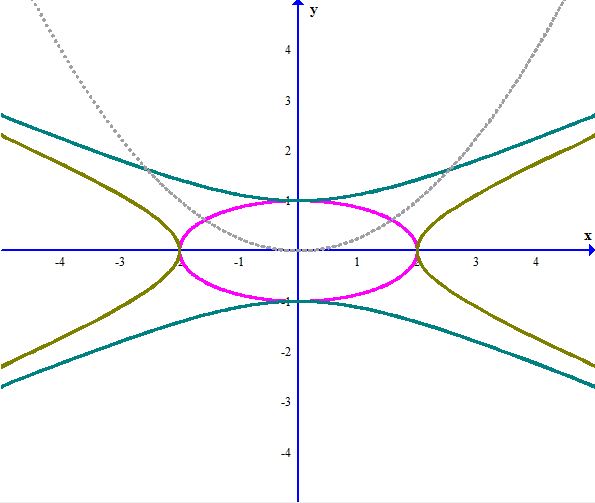|
Completed Topics
Multiplying fractions efficiently*.
Converting fractions and decimal numbers to percentages.
Reading data and extracting
information which will be correctly presented as percentages.
Solving Linear Equations: Solving linear equations
(with no denominators) efficiently.*
Multiplying monomials and reducing fractions with monomial numerators and denominators.
Distributing monomials over polynomials.
Applying the Double-Distributive Rule.
Describing the graph of a given linear equation. Students should be able to extract: Sample
points Intercepts and Slope (both by two-point method and from converting the equation to slope-intercept
form).
Students should be able to recognize the equations of horizontal and vertical lines.
Graphing linear equations from their description. Students should be able to graph a linear equation with
any of the following information: Two points (either of which could be intercepts)
__________________________________ *efficiently is used here to mean without the
usual written-out carryings, borrowings and various others thinking steps traditional to grade-school arithmetic.
When multiplying fractions, this also means reducing in place.
|
